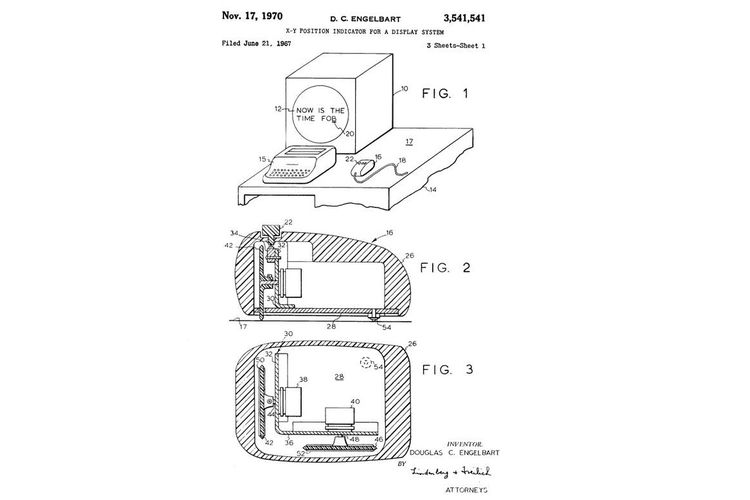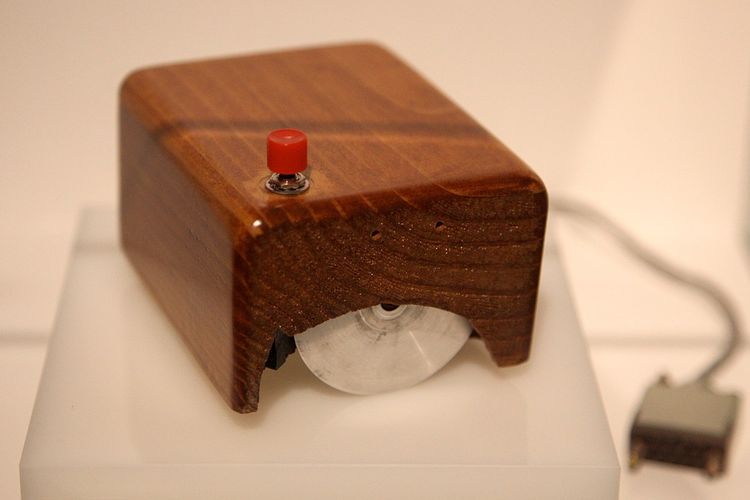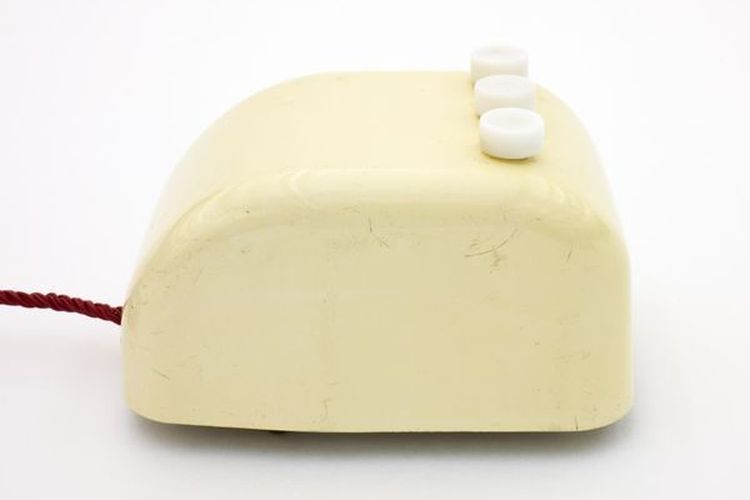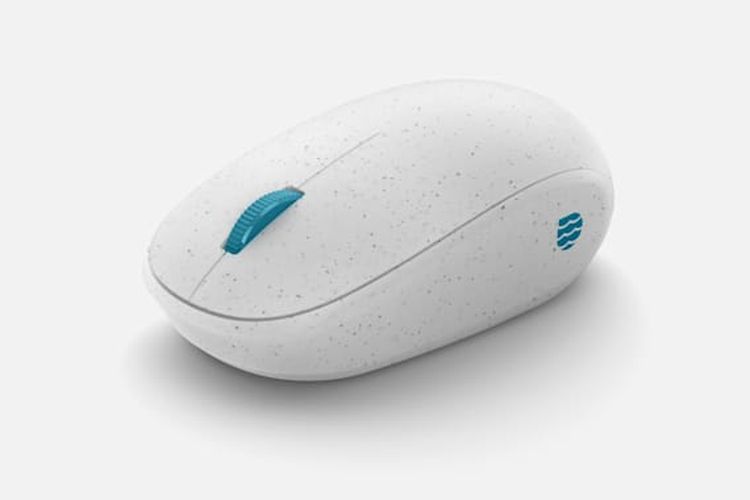A mouse, or better known as a mouse, is a peripheral that can be used to facilitate the operation of computers (PCs) and laptops.
With a mouse, users can easily “touch” or “point” various visual elements that appear on the computer screen, whether it’s documents, menus, and so on, with the help of a cursor.
If you look at its history, the presence of the mouse cannot be separated from the figure of a famous computer technician named Douglas Engelbart.
In 1967 ago, he filed a patent showing the workings of a computer peripheral that can show movement indicators based on the “X” (horizontal) and “Y” (vertical) axes on a computer screen.
The patent, which was not accompanied by the name “mouse” at all, was approved by the local patent office three years after it was filed, in 1970 to be exact.

In the document, it was stated that the very first generation of mouse peripherals relied on two metal wheel components, each of which could move only in one direction, namely up and down.
The first mouse model was made by Engelbart’s colleague, Bill English and carried a box shape decorated with a wooden shell.
Inside, there are two iron wheels, each of which can only shift in two directions, to receive friction input that will be transmitted to the screen.
Why is it called a mouse?
Engelbart actually did not call his invention the “mouse”. According to him, the peripheral is called that because people see it looks like a mouse, the Indonesian word for “mouse” itself.
“No one remembers (who gave the name). It looks at first glance like a mouse because it has a tail, and because it is similar, we call the peripheral by that name,” said Engelbart.

Interestingly, a rumor said that the cursor that was moved using the mouse would have been nicknamed “cat”, or cat when translated into Indonesian.
Thus, the peripheral mouse seems to be chasing or controlling the movement of the cat, turning with the state of the two animals in the real world. However, this name was never used and currently, the cursor is simply called a cursor.
Regarding the mouse-like shape itself, in early versions, the cable that connects the mouse to the computer is located on the back of the peripheral, just below the wrist.
But over time, the cable was moved to the front of the mouse for ease of use.
Mouse evolution

Since Engelbart was first designed, the shape and components inside the mouse have evolved over time.
Early commercial versions of Engelbart’s own mouse, created by the Stanford Research Institute (SRI) and demonstrated in 1968, had three buttons on the top surface.
The shell itself is made of plastic and inside there are still two iron wheels that receive friction from the bottom surface of the mouse to input cursor movement.
Then, the German radio and television company, Telefunken, also launched its first version of the mouse around 1968.
Unlike the Engelbart version, this mouse, dubbed “Rollkugel”, carries a ball component, aka a trackball, to detect friction from a solid surface under the mouse to input cursor movement.

This trackball component was adopted by many mouse-making companies for the next few years, even into the 2000s.
Today, most modern mice do not use physical components such as a metal wheel or trackball to receive friction input from the surface beneath.
Instead, today’s mice adopt an optical sensor to accept swipe input, making mouse use smoother.
Who is Charles Babbage and where is his brain
In addition, today’s mouse is also not like the mouse of the past which is completely identical to the mouse.
This is because these peripherals are currently made more compact and modern because some models do not use cables ( wireless ).
Usually, this kind of mouse connectivity will rely on Bluetooth or a dongle that is plugged into a computer or laptop via a USB-A connector.